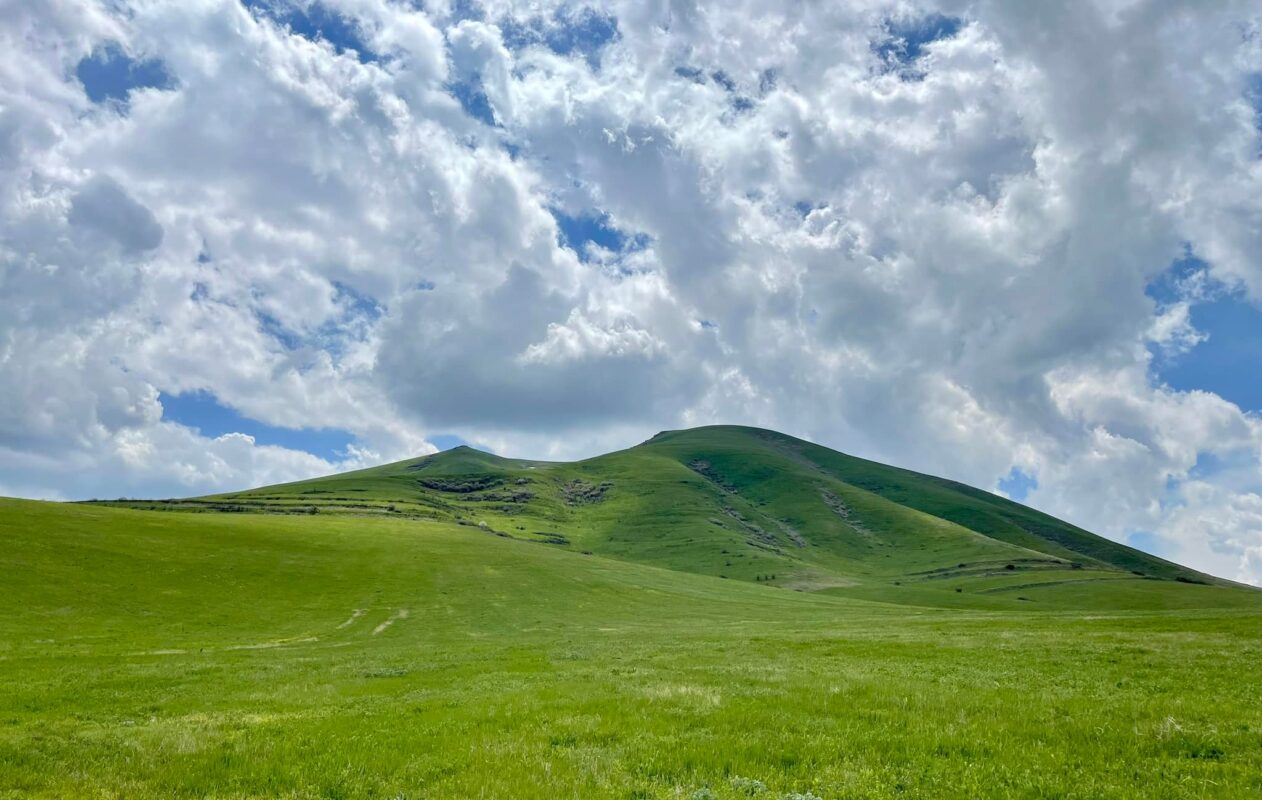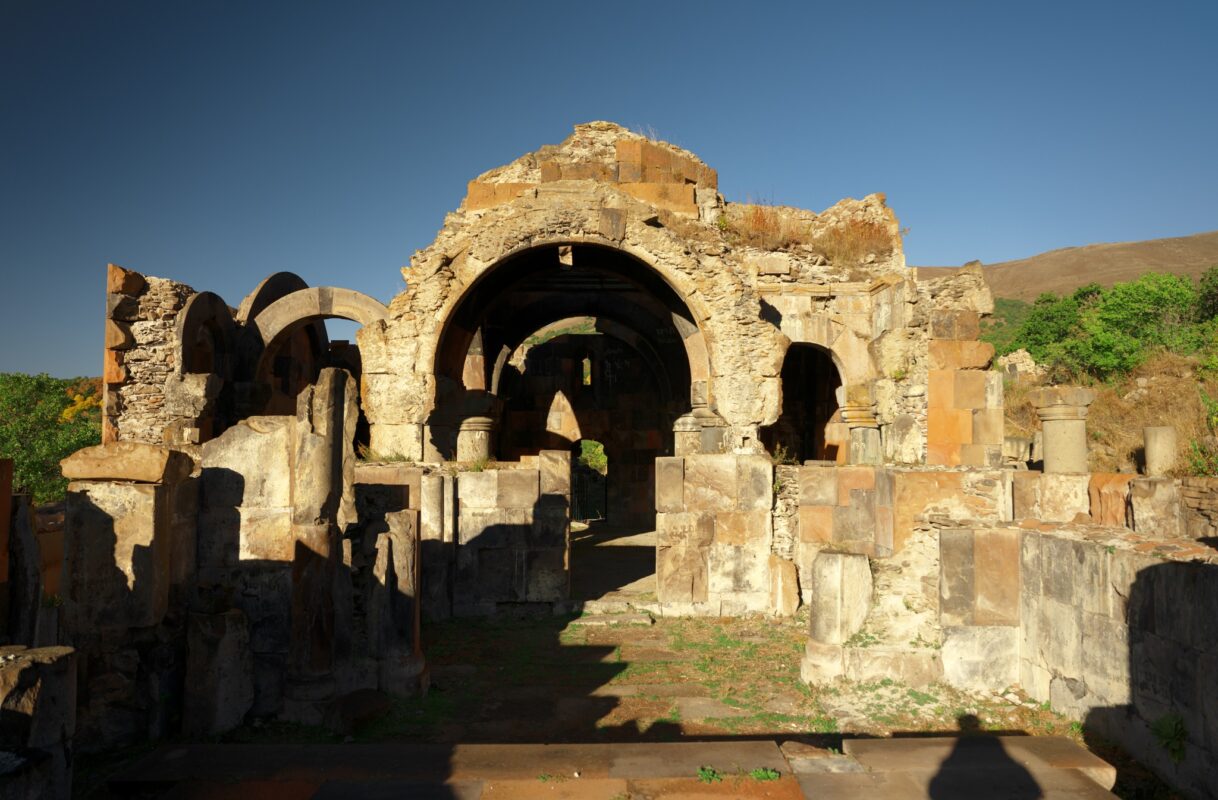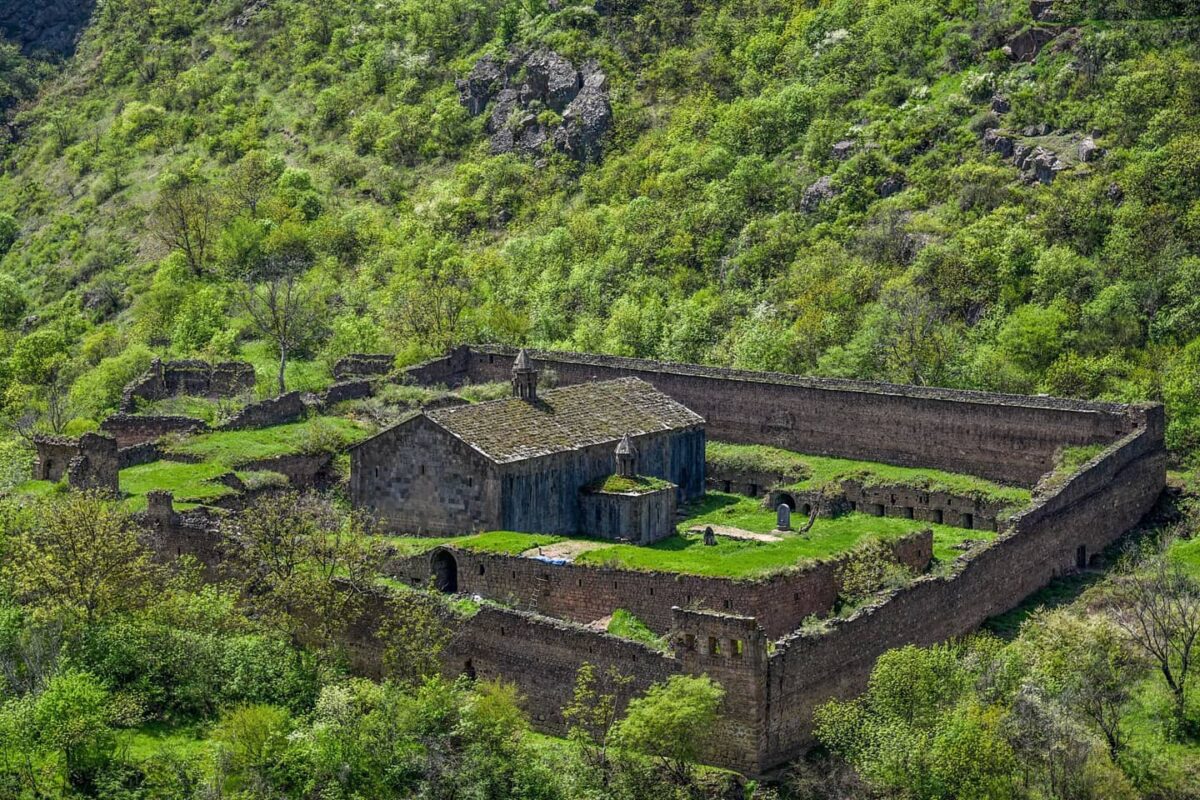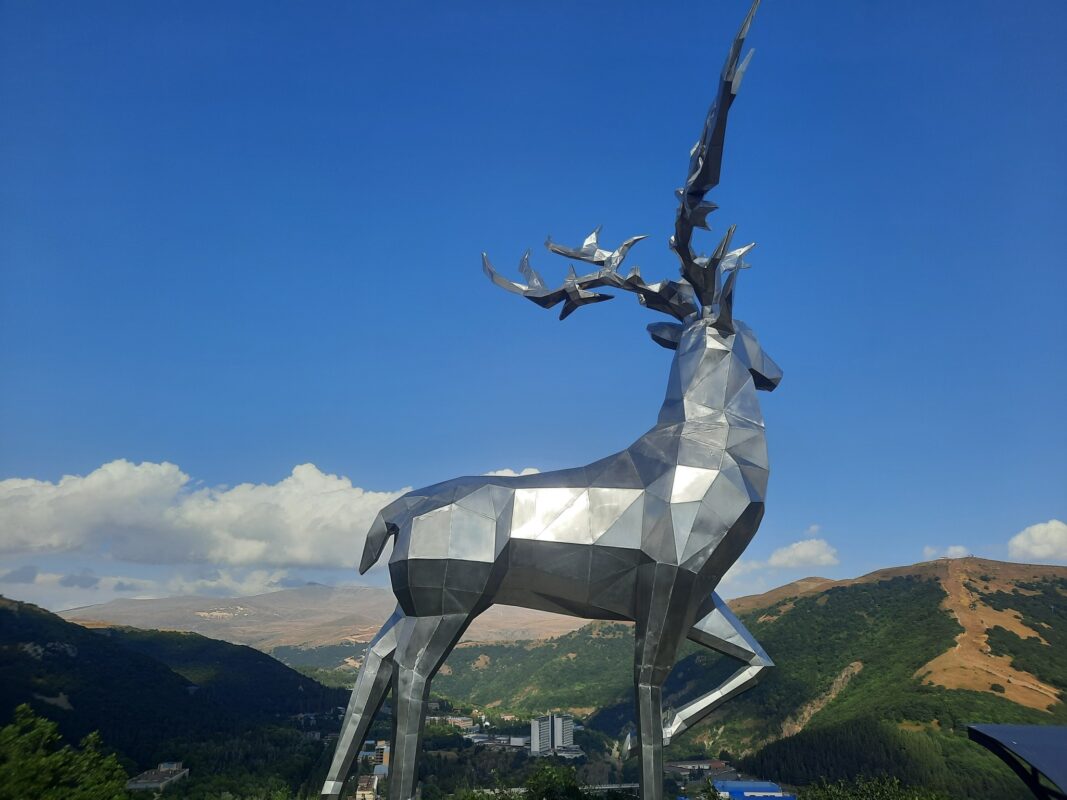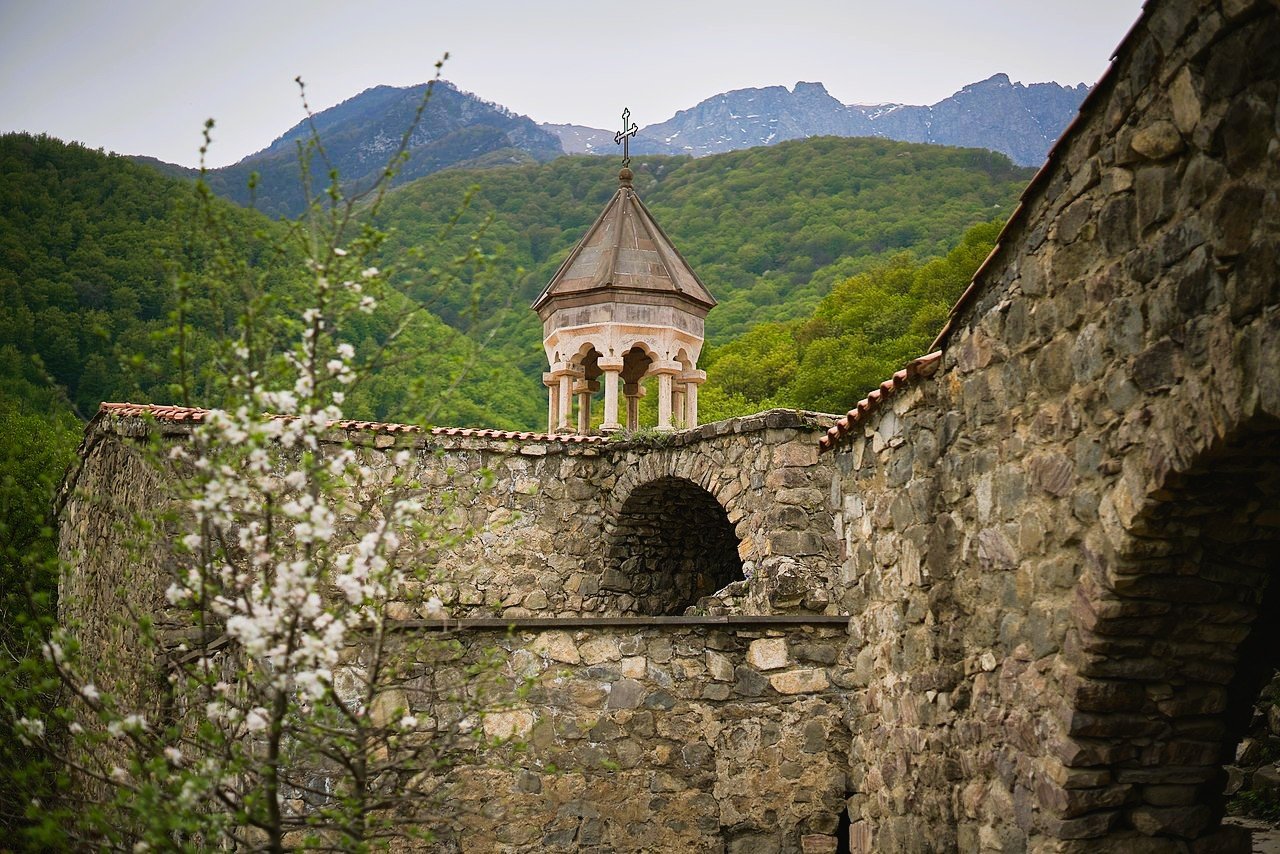Latest Listings
Related Listings
Close To You
Halidzor Fortress

Fortress
1100 m
Historical
Medium
VISITOR INFORMATION
Location: Approximately 14 km southeast of Kapan city
Coordinates: 39°03'38" N, 46°27'00" E
Period: 17th – 18th centuries
Other Names: None
Best Time to Visit: May to October
Accessibility: Reachable by car up to Halidzor district of Kapan, followed by a short hike to the fortress or taking an off-road transportation.
OVERVIEW
Halidzor Fortress was built in the 17th century under the initiative of the Meliks of Yerevan. It was designed to strengthen the defensive system of Syunik Province and to protect the region from foreign invasions.
In the 1720s, the fortress became the main stronghold of Davit Bek during the Armenian liberation struggle. Between 1723 and 1727, Davit Bek, along with 300 soldiers, 13 bishops, and 3 priests, defended the fortress for seven days against a 70,000-strong Ottoman army. The fortress’s naturally defensive location gave the Armenian forces a significant advantage. However, the prolonged siege led to the depletion of their supplies. Facing desperate conditions, Davit Bek led a daring counterattack from the heights of the fortress, surprising the enemy. The Ottoman forces fled in panic, reportedly leaving around 12,000 soldiers dead on the battlefield.
In 1728, Davit Bek passed away at Halidzor Fortress due to a severe illness. After his death, the Ottoman army captured the fortress. Although they had promised not to harm the residents, some defenders were killed during negotiations when the fortress gates were opened.
The fortress served not only as a military stronghold but also as a shelter for the local population, providing water and food reserves that enabled long-term resistance during sieges.
ETYMOLOGY
There are no confirmed linguistic theories regarding the origin of the name "Halidzor."
ARCHITECTURAL FEATURES
Halidzor Fortress is built on a naturally elevated hill, skillfully utilizing the terrain for maximum defense. The walls are constructed from local stone and are up to 2 meters thick in some areas.
The fortress has an irregular quadrangular layout. Its gates, located to the north and south, are arched. A tower is situated at the southwestern corner, and a spacious terrace extends from the north to the east.
A secret tunnel once connected the fortress to the Voghji River, spanning approximately 500 meters. This allowed defenders to access fresh water during sieges, which greatly contributed to their ability to resist. Today, most of the tunnel is covered or collapsed.
On the eastern side of the fortress lies the Church of St. Minas, built from large stones with rubble masonry. Sacristies flank the apse, and remnants of two-storied porticos can be seen along the northern and southern walls. The main church of St. Minas is constructed using similar architectural techniques. The eastern yard of the church has been widened, likely for hosting larger gatherings.
The fortress included defensive towers, internal structures, reservoirs, and fortified walls, all of which made it a formidable and almost impregnable stronghold.
PRESERVATION AND RESTORATION
Halidzor Fortress has largely been preserved in its natural state. Despite the passage of time, many of its original structures remain visible. In recent years, cleaning and maintenance works have been carried out to prevent further deterioration and ensure visitor safety.
LOCAL TRADITIONS AND CULTURE
Halidzor Fortress stands as a symbol of Armenia’s national liberation struggle. Local traditions recount the bravery of Davit Bek and his companions who heroically defended the fortress against the Ottoman forces.
According to oral tradition, after Davit Bek’s death, an elderly bishop from Tatev arrived at Halidzor to conduct a grand funeral ceremony in his honor. It is believed that Davit Bek is buried in a cemetery just outside the fortress walls. His tombstone is said to have a single flower carved on its underside, so that the enemy would not recognize the leader’s final resting place.
Today, memorial events and ceremonies are held at the fortress, making it an important center for patriotic education and cultural remembrance.
Facilities
Nearby
Greek Church of Kavart is a 19th-century Greek Orthodox church located in Kavart village, reflecting the history and unique architectural heritage of the Greek community in Syunik.
Baghaberd is a medieval Armenian fortress, significant for its role in the historical defense of Syunik’s sovereignty. Baghaberd is famous for its strategic location and heroic battles.
Mount Khustup is a splendid and powerful mountain peak reaching 3,200 meters. It is one of the symbols of Syunik, popular among hikers and nature lovers. Khustup is also associated with Davit Bek’s liberation struggle.
Goris is a picturesque town in Syunik, known for its cave dwellings, 19th-century architecture, and rich cultural heritage. Goris is an important tourism hub in the region.
Tatev Monastery is masterpiece of 9th–10th-century Armenian architecture. Tatev Monastery was a major spiritual and educational center, home to the medieval Tatev University. It is also famous for the “Wings of Tatev” aerial tramway, the longest non-stop reversible cable car in the world.

